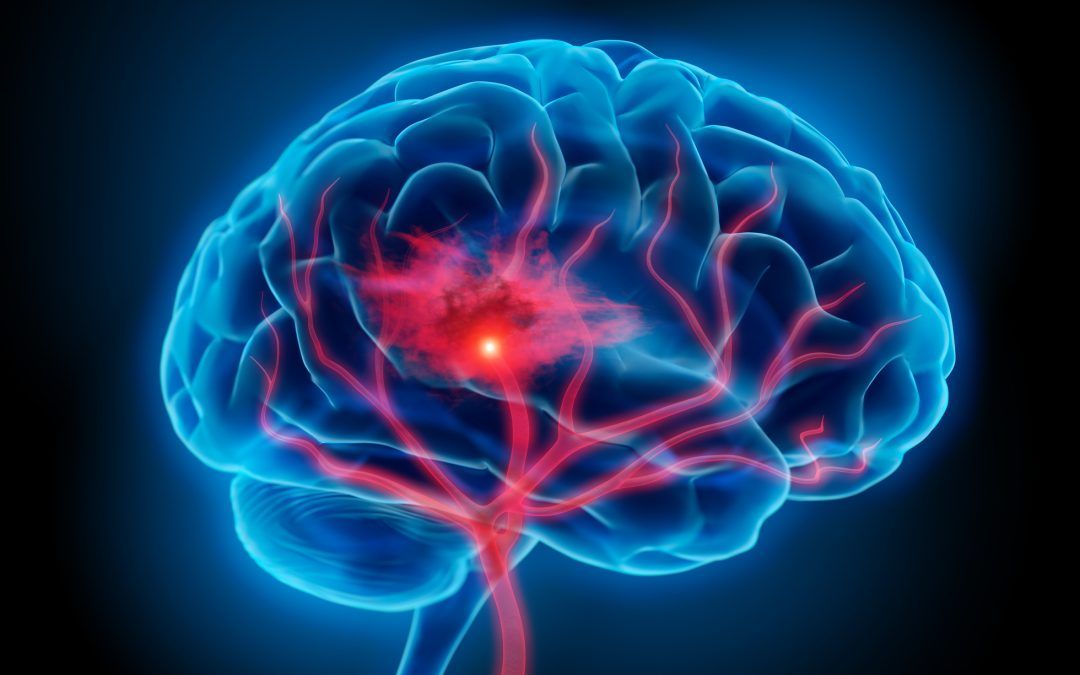Summary:
A team of international researchers, including scientists from the Spanish National Research Council (CSIC), has developed an optimized biomathematical technique for monitoring the precise evolution of brain damage in stroke cases. The methodology, tested simultaneously in patients and rodents, reveals that brain tissue can show activity in an electroencephalogram (EEG) due to electrical impulses from deeper layers, while simultaneously experiencing irreparable damage in the superficial layers.
When a stroke occurs, electrochemical waves traverse the tissue slowly from the damaged area, causing neuron death along the way. Within a few hours, these waves lead to irreversible damage to a significant volume of the cerebral cortex, establishing a critical time window for medical intervention to save tissue and reduce irreversible neurological consequences.
In clinical settings, the extent of damaged brain volume is monitored using electrode strips on the patient’s cerebral surface. The spreading depression, a gradual loss of electroencephalogram activity, is taken as an indication of the damaged brain volume, aiding medical professionals in understanding tissue evolution and determining when and how to attempt protection.
In this study, conducted concurrently in patients and animal models, the research team discovered that cortical tissue still showing EEG activity may already be experiencing irreversible death in the superficial neuronal layers.
The technique enables the separation and observation of activity from different neuronal layers. The findings challenge the concept of EEG depression extension as a strict indicator of tissue death, as superficial layers may have succumbed while still displaying EEG activity from deeper layers.
These findings call for a reevaluation of criteria and potentially a shift in stroke monitoring and treatment practices. «The tissue quantity taken as a criterion for assessing the situation would be delayed by several hours, so they should look for another reference or some way to act earlier or more quickly.
Article written by CSIC| Image by Istock
25/12/2023
Source:
Health Tech Digital
https://www.healthtechdigital.com/world-fir

